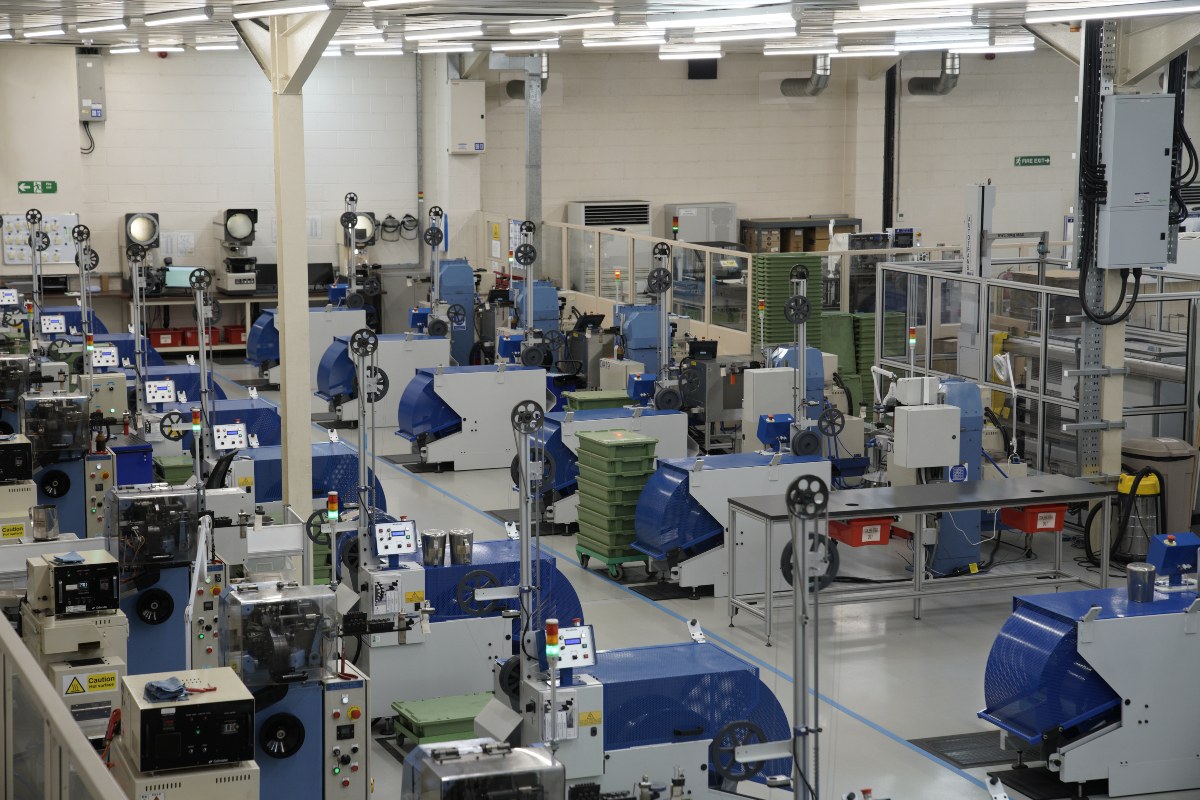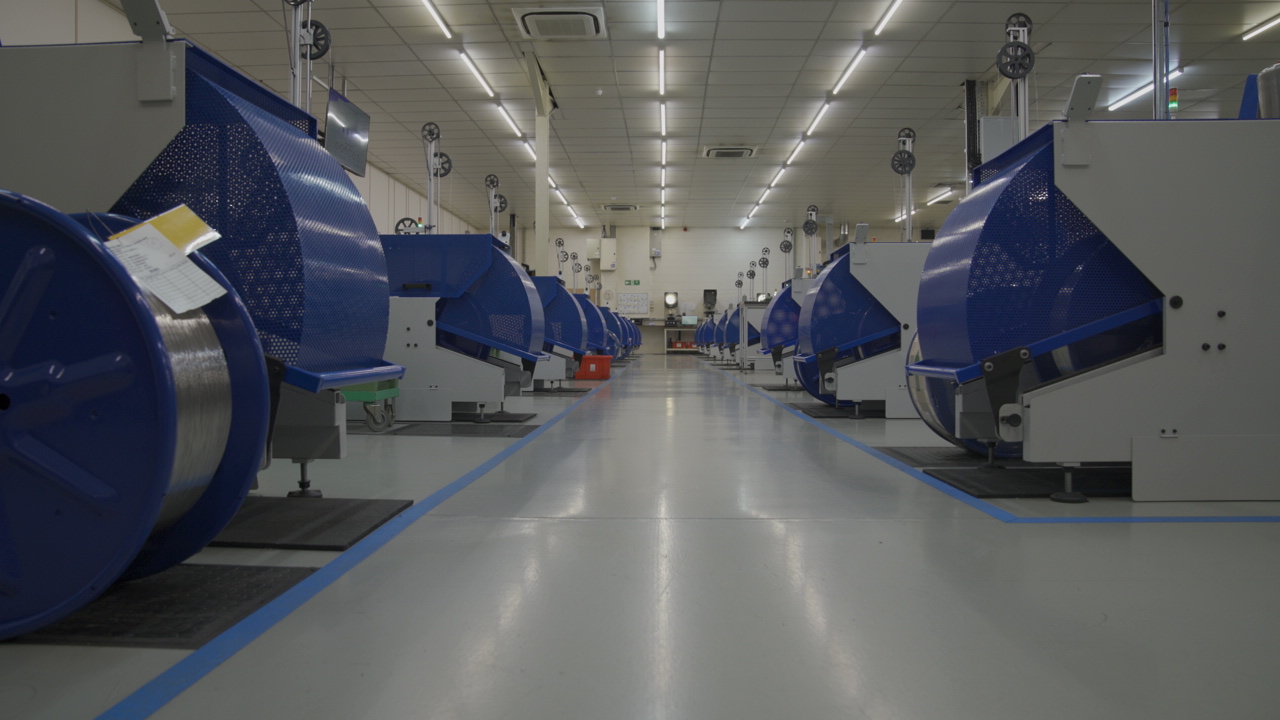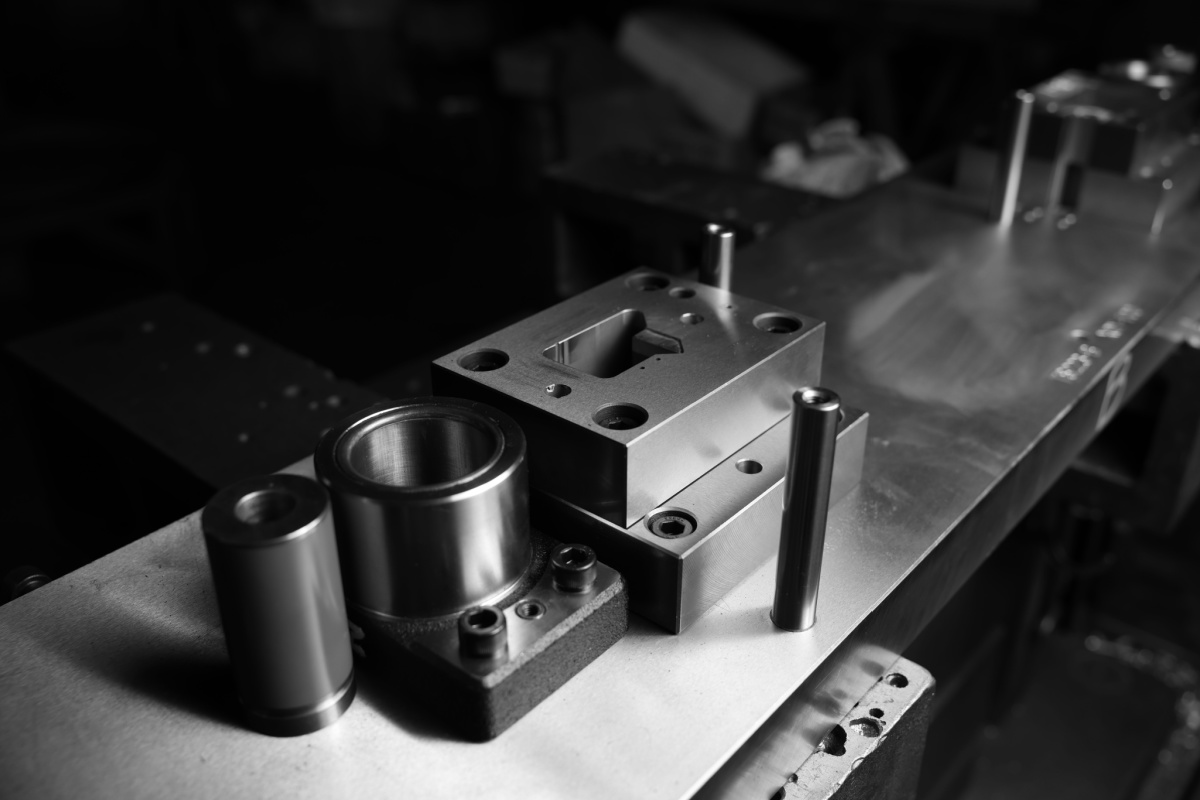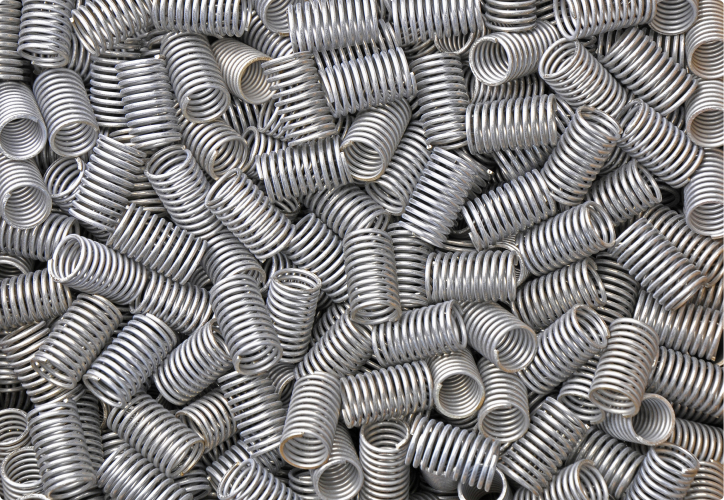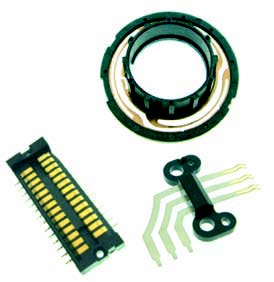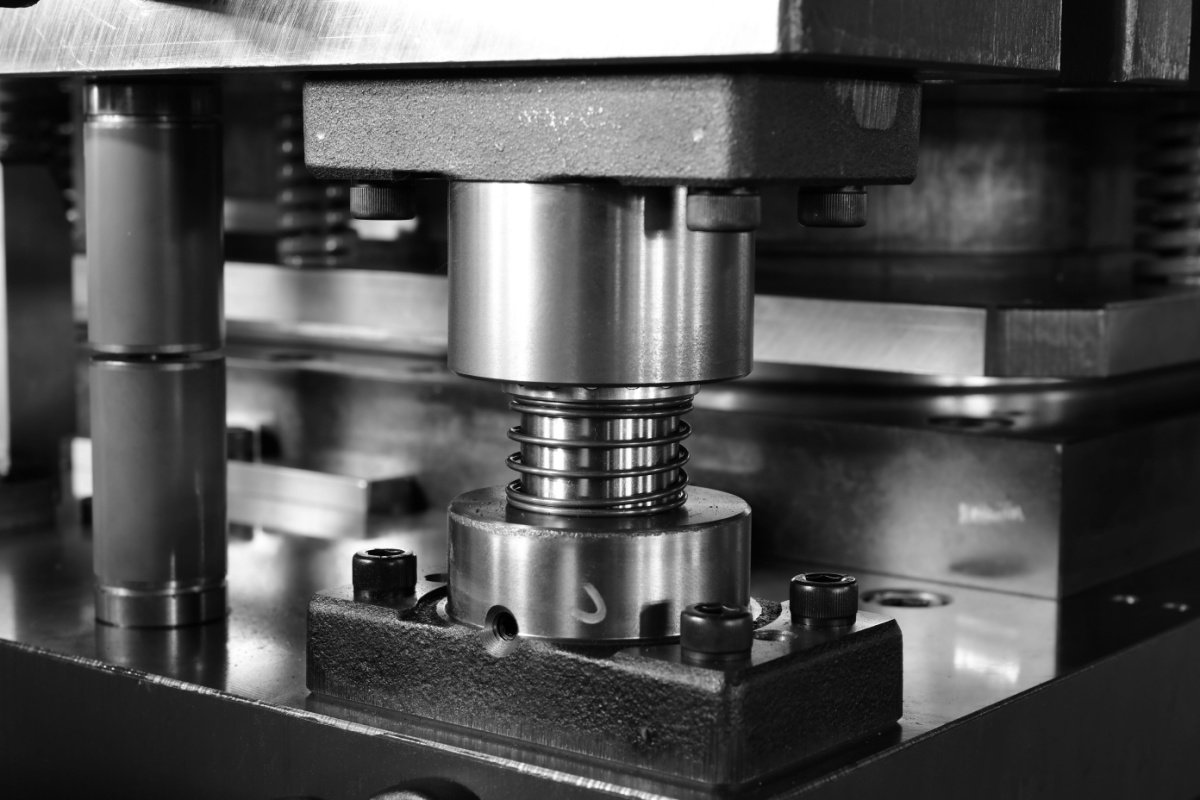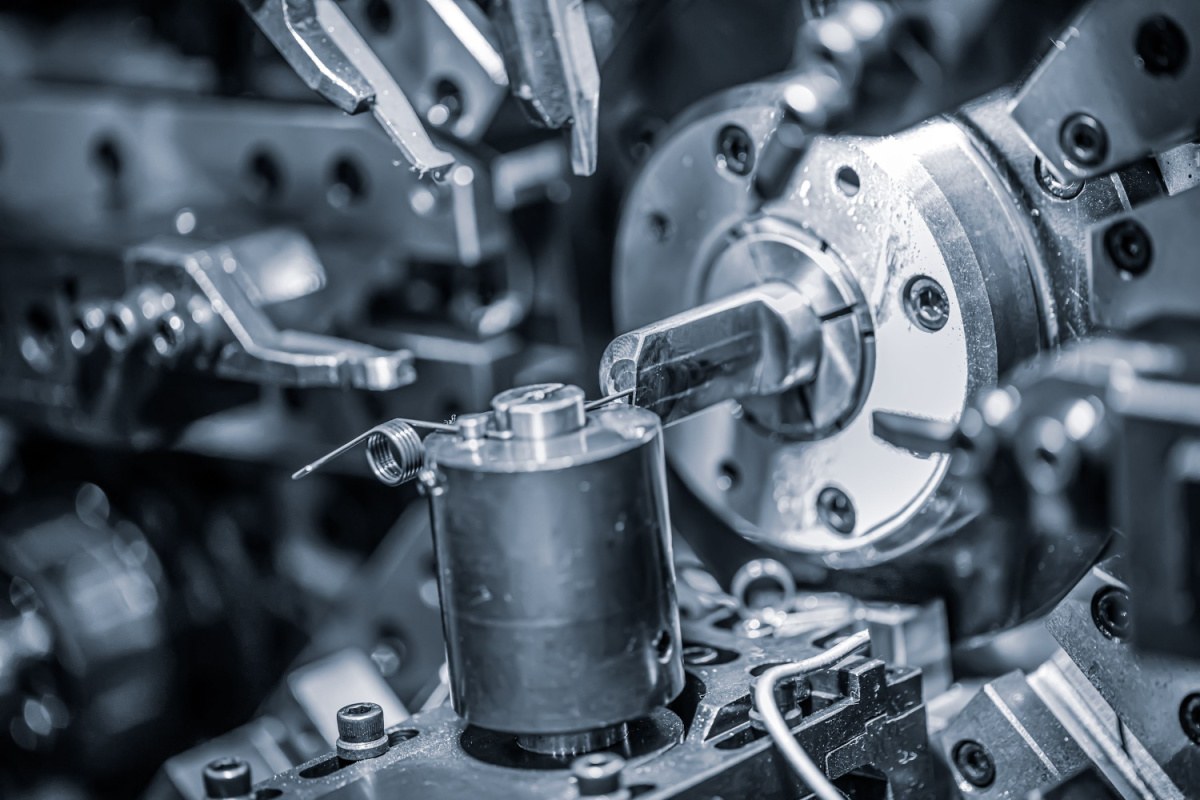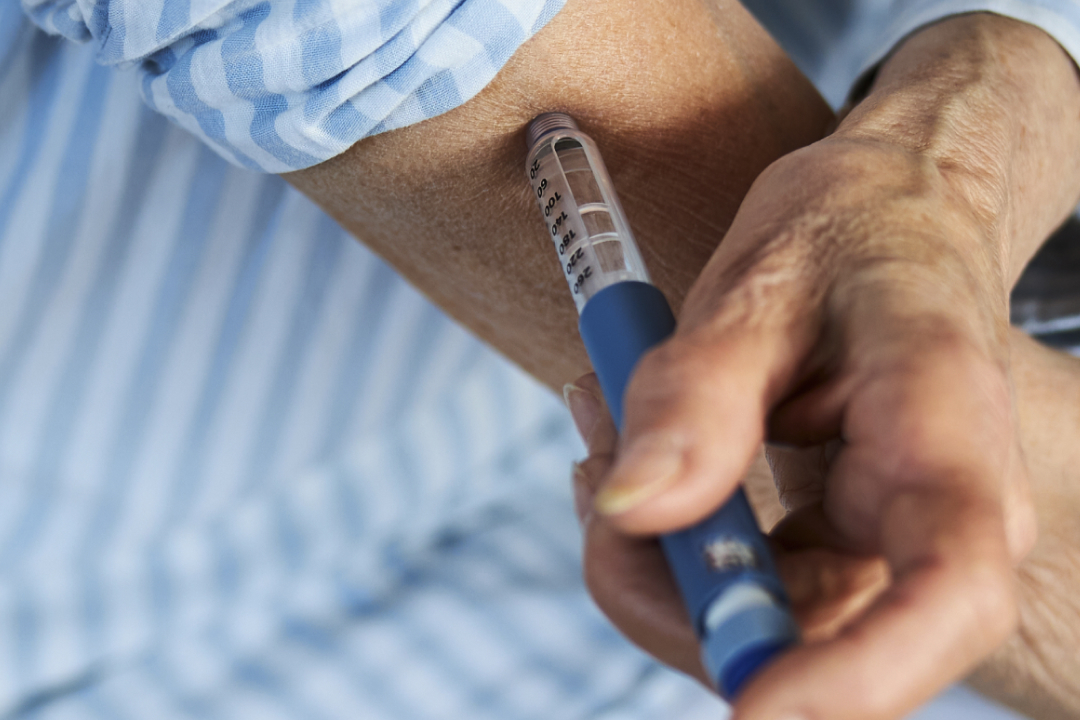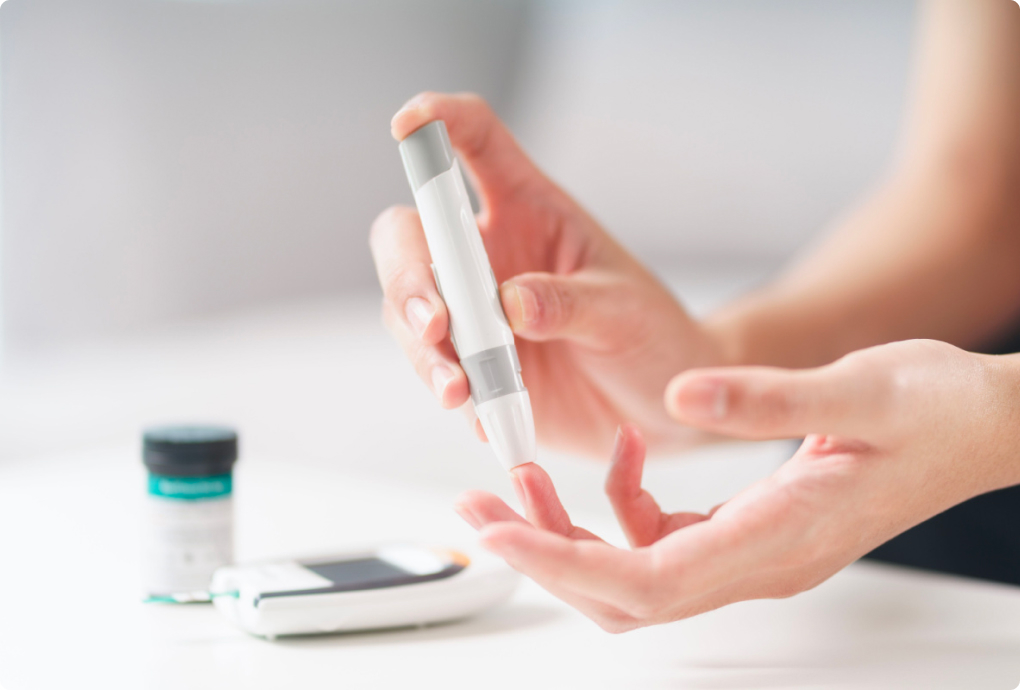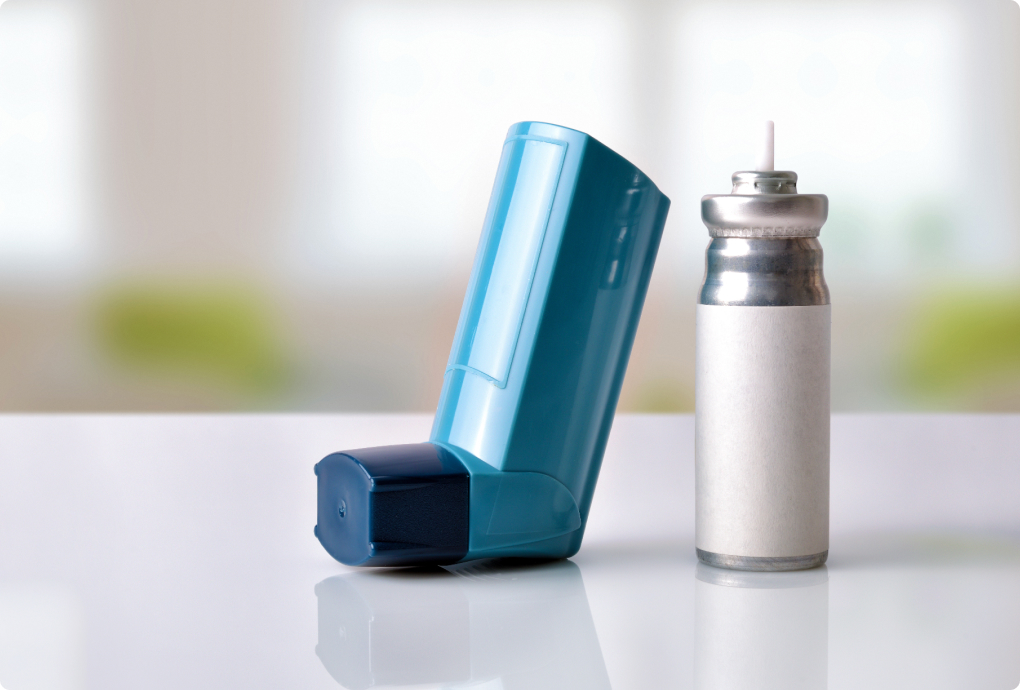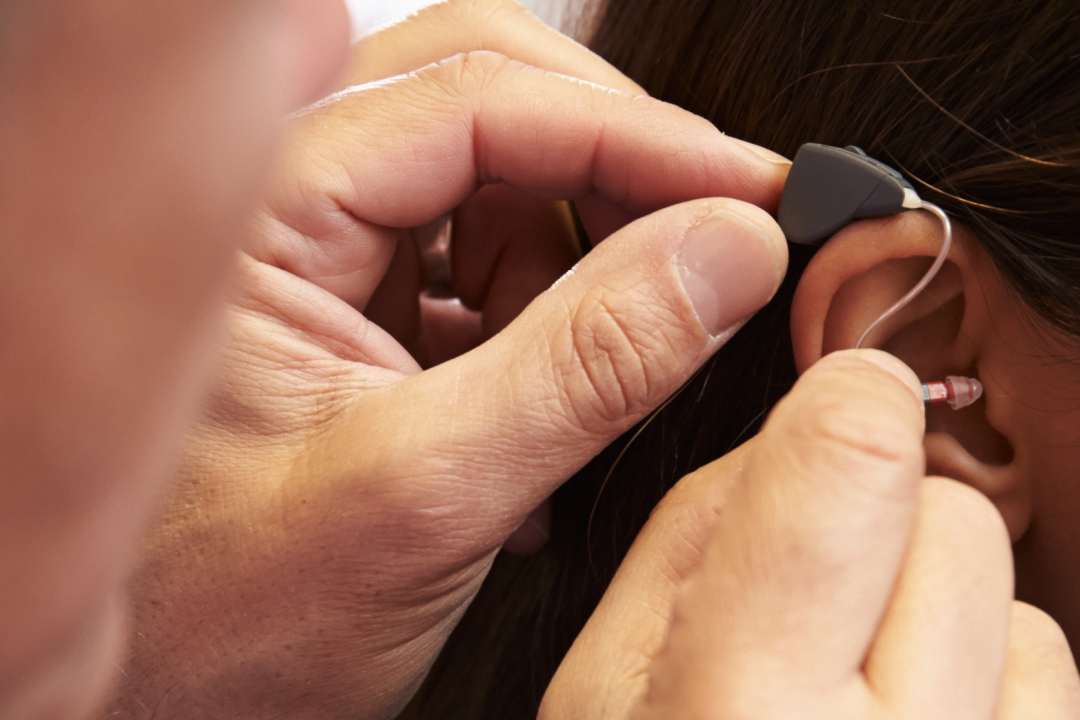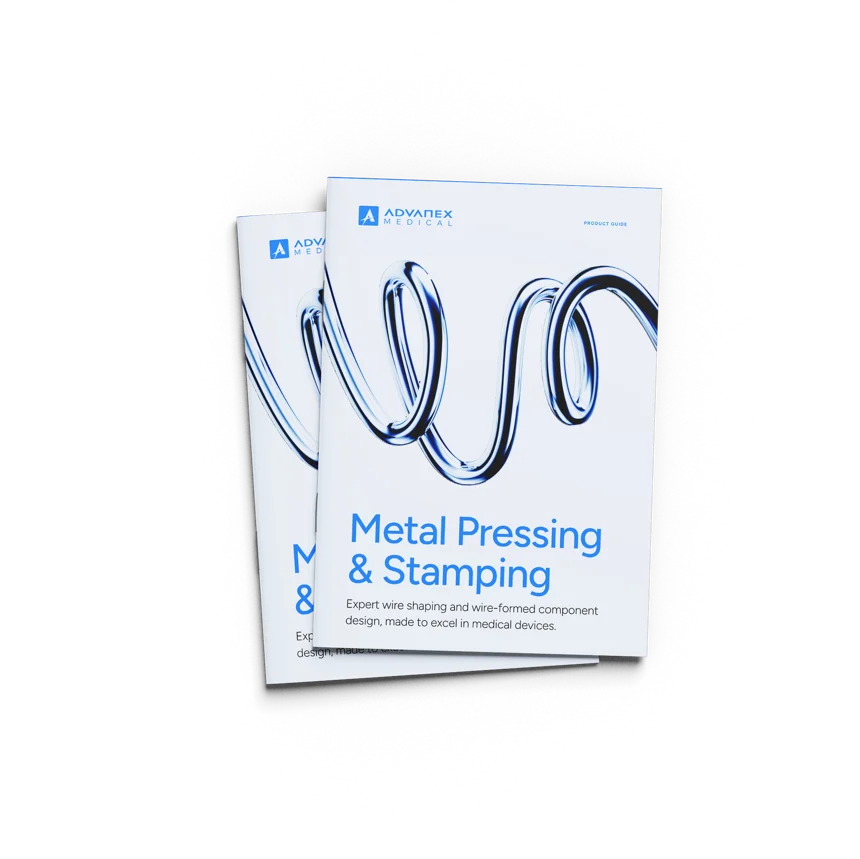Metal pressing is a crucial process in medical manufacturing, essential for creating components with precise dimensions and complex geometries. This precision is vital for the functionality and reliability of medical devices such as drug delivery systems.
However, the springback phenomenon, a natural elastic recovery of metal, presents a significant challenge in the pressing process. This can cause deviations from intended designs, impacting the precision required in medical applications. Understanding and mitigating springback is essential to maintaining high standards in medical device manufacturing.
What is the springback phenomenon?
The springback phenomenon is an inevitable and unavoidable aspect of sheet metal forming. It refers to the elastic recovery of a metal after it has been deformed during pressing due to the natural elasticity of the material. When a metal sheet is pressed with a die, there is a certain degree where the metal will return to its original shape. This is a result of the internal stresses in the material not being fully released when pressed, leading to a rebound effect.
Why is metal springback integral to medical metal pressing?
In medical manufacturing, maintaining tight tolerances and precision is essential. Components with complex geometries must adhere to extremely tight tolerances to function effectively over long periods. Failure to meet these specifications can significantly increase rejection and scrap rates, leading to unnecessary costs.
Given the critical importance of precision in medical device manufacture, managing springback during sheet metal forming is vital. Any degree of uncertainty when pressing a component can be detrimental to passing medical trials, emphasising the need for robust processes to control springback.
Important factors to manage metal springback during metal pressing
Material composition and mechanical properties
Material composition and its mechanical properties play a crucial role in determining the extent of springback. The elastic modulus of a material indicates its stiffness; metals with a higher elastic modulus, such as stainless steel, tend to exhibit less springback compared to softer metals like aluminium. The thickness of the metal sheet is another vital factor, as thicker sheets generally experience more springback due to the larger volume of material undergoing elastic recovery. Additionally, the ductility of the material, which refers to its ability to undergo plastic deformation before fracturing, affects springback. Understanding the characteristics of a component’s material is critical in determining the correct amount of springback during pressing.
Bending and pressing force
The bending and pressing force applied during the metal forming process significantly impacts springback. The bend radius, which is the distance from the inside of the bend to the centre of the radius, influences the degree of deformation; a smaller bend radius can lead to higher springback due to increased material deformation. Calculating the optimal bend radius is essential, especially for precision medical components, to minimise springback effects. The magnitude of the bending force also matters; higher forces can push the material further into plastic deformation, thereby reducing springback. However, excessive force can cause issues such as cracking or unwanted deformation, requiring a careful balance to achieve the desired outcome.
Tooling design
Tooling design is a critical factor in managing springback. The geometry of the tools used in bending or pressing must be precise to match the desired final shape of the component, providing better support and control during deformation. The surface finish of the tooling also plays a role; smoother surfaces reduce friction between the tool and the metal, leading to more uniform deformation and less springback. Additionally, the material of the tooling affects its wear resistance and durability. High-quality, wear-resistant tooling materials ensure consistent performance over time, which is essential for maintaining precise tolerances in medical device manufacturing. Proper maintenance and finishing of tools are crucial to achieving the desired surface quality and mitigating springback effects.
Ensuring precision and reliability with Advanex Medical
The metal springback phenomenon presents a significant challenge in the manufacturing of medical devices, where precision and reliability are non-negotiable. By understanding the factors that influence springback, manufacturers can better manage this phenomenon and produce high-quality components. Effective control of springback ensures the functionality and longevity of medical devices while minimising costs associated with rejection and scrap rates.
At Advanex Medical, we specialise in precision engineering and advanced manufacturing processes that address these challenges head-on. Our expertise and comprehensive approach to design and production ensure that we deliver components that meet the stringent requirements of the medical industry. Get in touch with our team today to find out more about how we can ensure your medical devices are of the highest quality and reliability.

